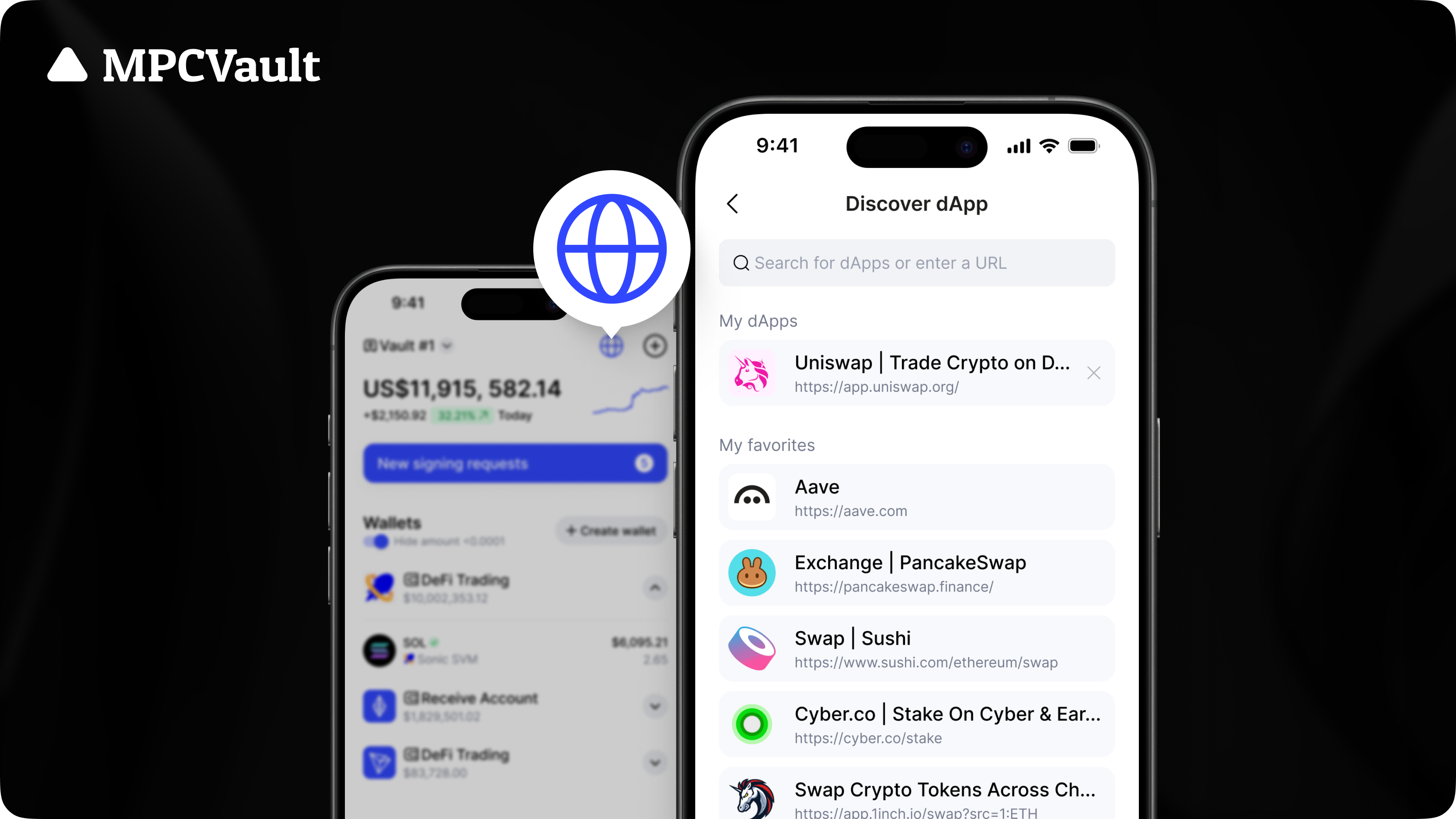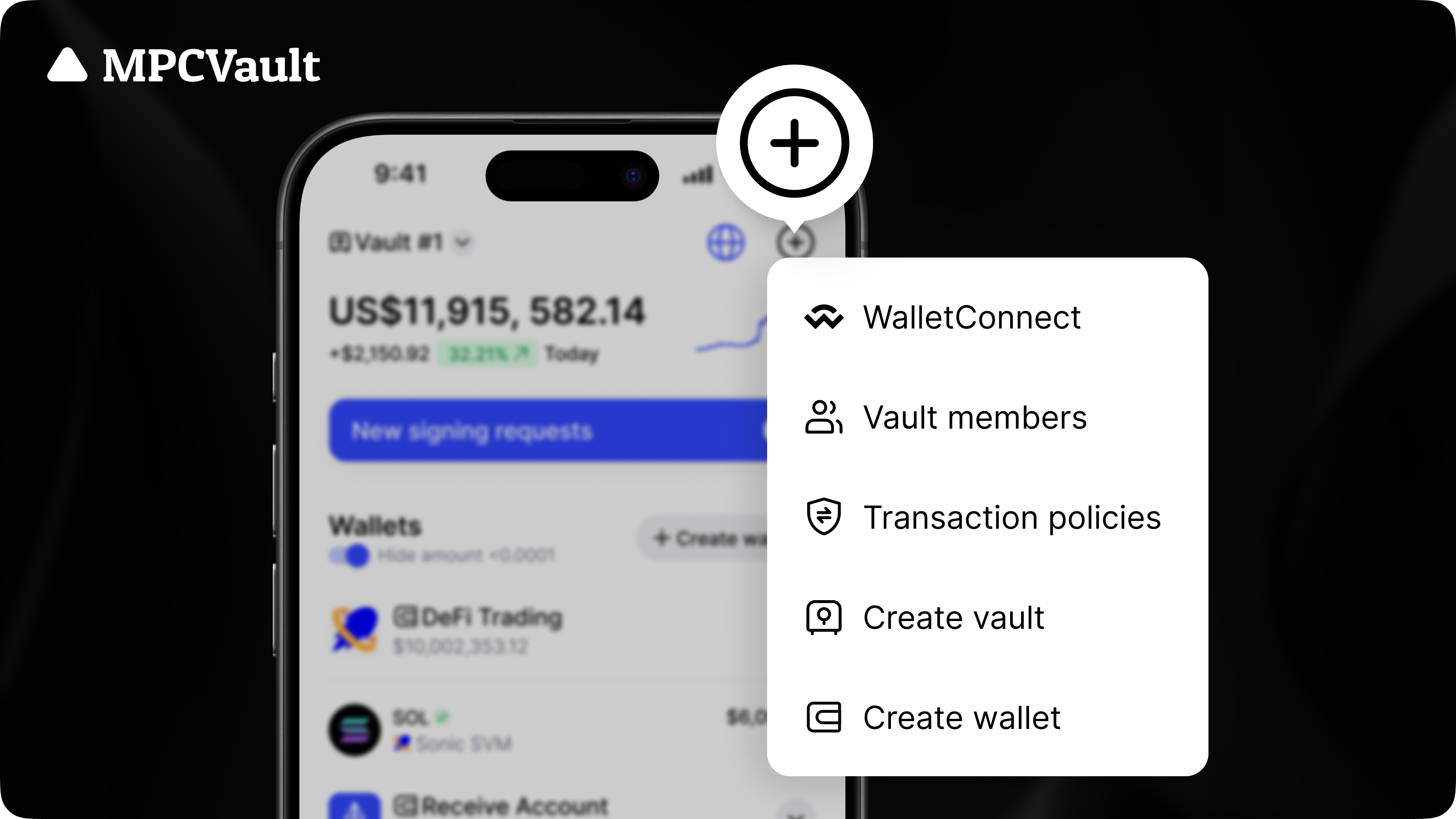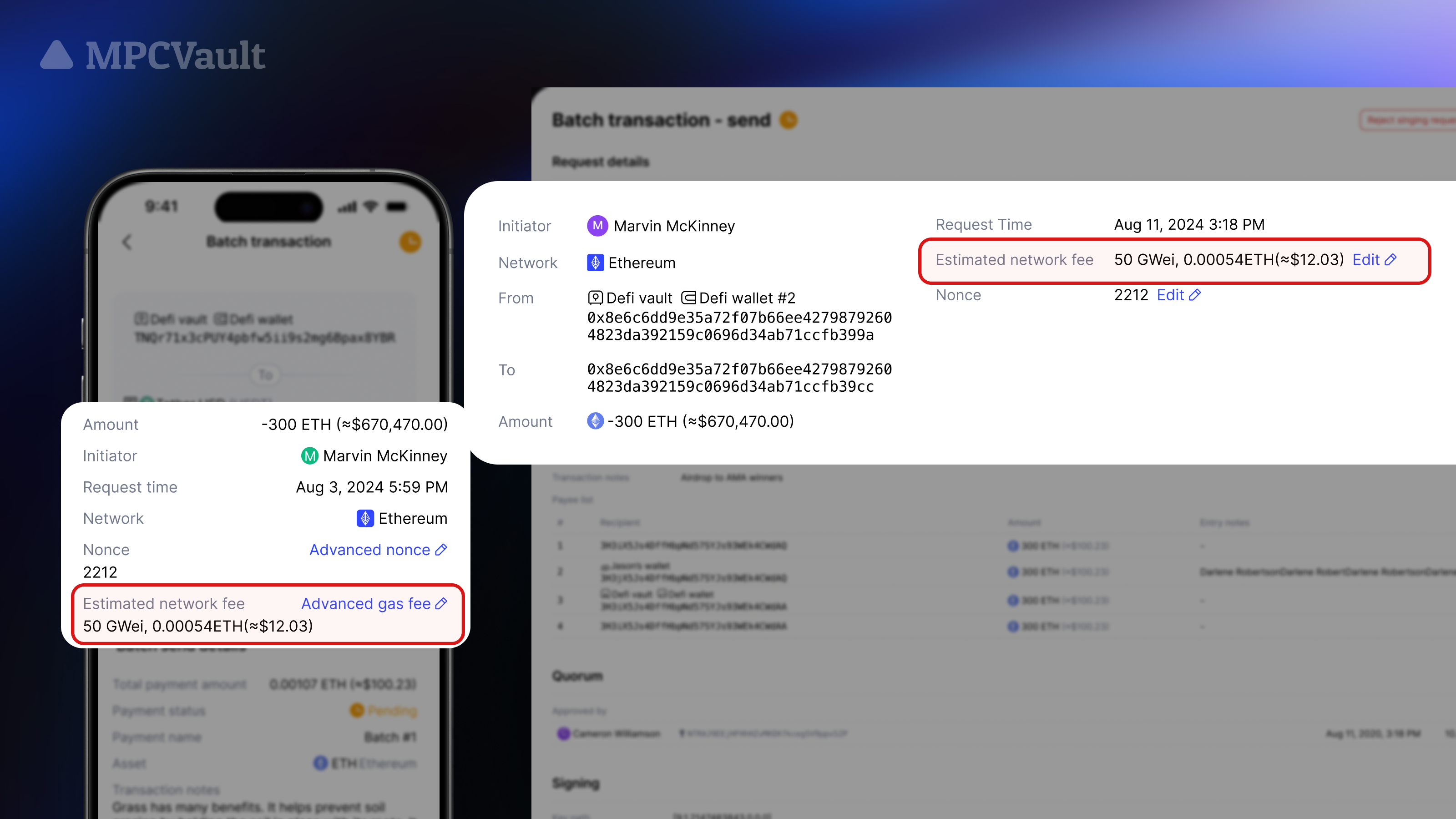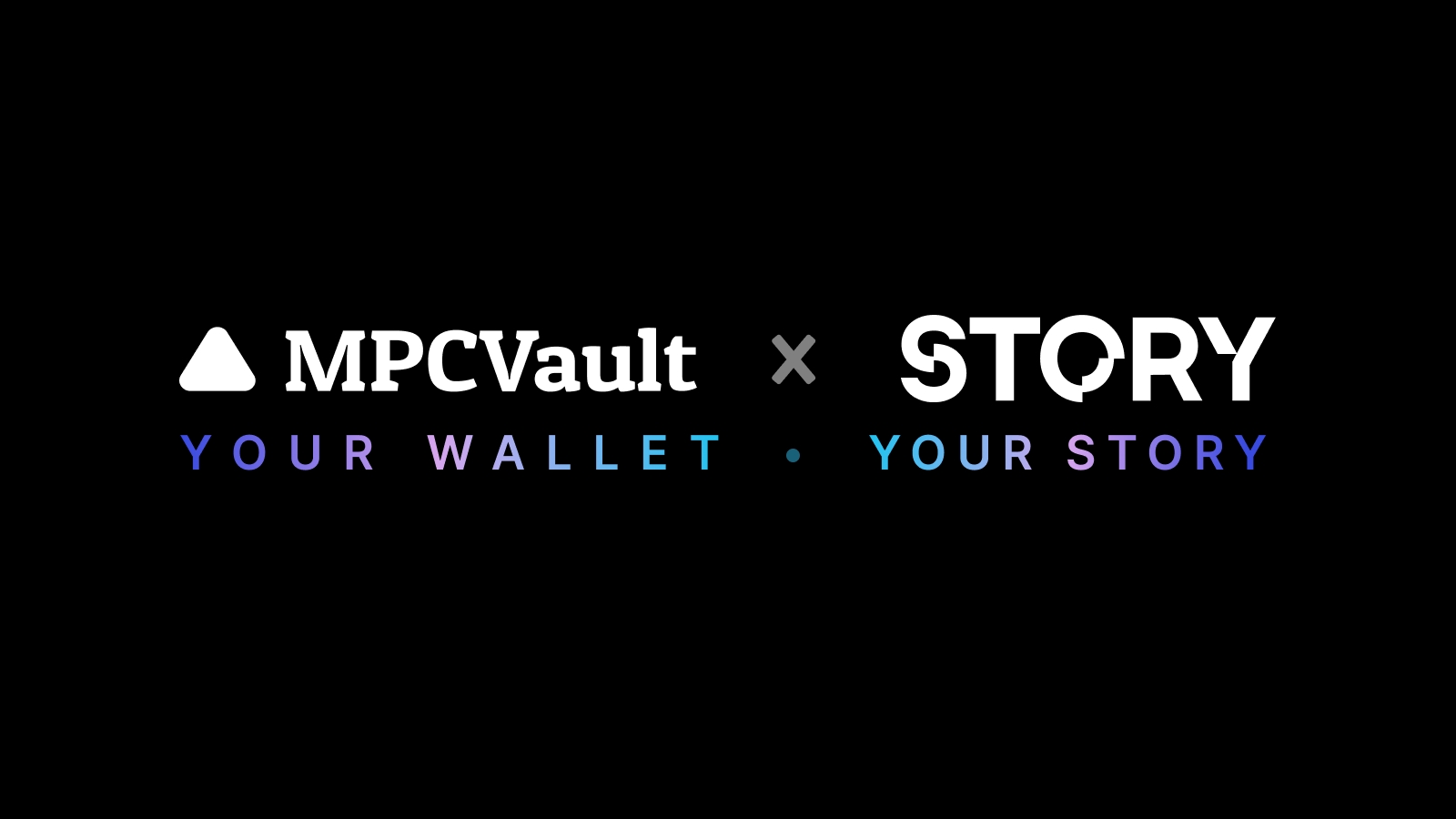How to get started?
The newly created TRON wallet accounts do not exist on the chain and require activation before they can be used.
There are two ways to activate accounts:
-
Send any amount of TRX or TRC-10 tokens from an existing account to the new account.
To activate a new account, an account creation fee of 1 TRX is charged. Additionally, if the sender of the above two transactions has enough Bandwidth obtained by staking TRX, the account creation will only consume bandwidth. Otherwise, 0.1 TRX will be burned to cover the bandwidth cost.
-
Transferring TRX or TRC-10 tokens to an inactive account address in a smart contract can also complete the account activation process.
In addition to the bandwidth and energy consumed by normal contract calls, this method will only require an additional 25,000 energy and will not incur the 1 TRX account creation fee or the 0.1 TRX bandwidth fee.
The above are the two activation methods provided by Tron official. We recommend using the first method as it is convenient and straightforward.
Please note that transferring TRC-20 tokens (e.g., USDT, USDC) does not activate the account.
Network Fees on the TRON network
When transferring on Bitcoin and Ethereum, BTC and ETH are used to pay transaction fees. However, when transferring on Tron, bandwidth and energy are consumed as transaction fees. When the available bandwidth or energy of the account is insufficient, TRX needs to be burned to pay for the corresponding bandwidth or energy.
What is bandwidth and energy?
Bandwidth
All types of transactions need to consume Bandwidth Points. The system provides each activated account with 600 bandwidth for free every day. Typically, an average TRX transaction requires about 300 bandwidth, while a TRC-20 token transaction requires more. 100 bandwidth equates to approximately 0.1 TRX.
Energy
The execution of each instruction of smart contract consume a certain amount of energy while running. Energy can be obtained by staking TRX, but there are no free energy distributed to every account. Generally, a single TRC-20 transfer requires approximately 345 bandwidth (about 0.345 TRX) and 64,285 (about 13.61 TRX) energy.
It is important to note that if an account does not have enough energy or bandwidth to pay the network fee, TRX will be automatically burned to offset the fee.
How to obtain bandwidth and energy?
On the Tron blockchain, you can obtain energy and bandwidth through the following methods.
Staking TRX
You can choose to stake your TRX to obtain energy or bandwidth. Staking 2,000 TRX on Tronscan generates less than 30,000 energy.
Purchasing Energy
You can easily purchase energy for the TRON network on MPCVault. With just 6 TRX, you can buy 65,000 units of energy. Follow these steps to proceed:
- Navigate to the Wallet section in MPCVault and locate your TRON wallet.
- Click on the "Buy Energy" button.
- Sign the transaction on your mobile device, and your energy will be credited instantly.
Please ensure that your TRON wallet has sufficient TRX balance to complete the purchase transaction.
For a single TRC-20 transaction(e.g., send USDT on TRON Chain), the average network fee typically requires around 300+ bandwidth and 64,285 energy.
- If you choose to burn TRX directly, it will cost about 13.61 TRX
- If you choose to purchase energy, the minimum cost is 6 TRX
Note: If the recipient's wallet does not contain USDT, the energy required for the transaction will double.
Only perform the above actions on platforms that you trust.









